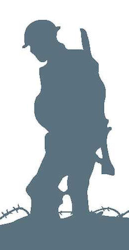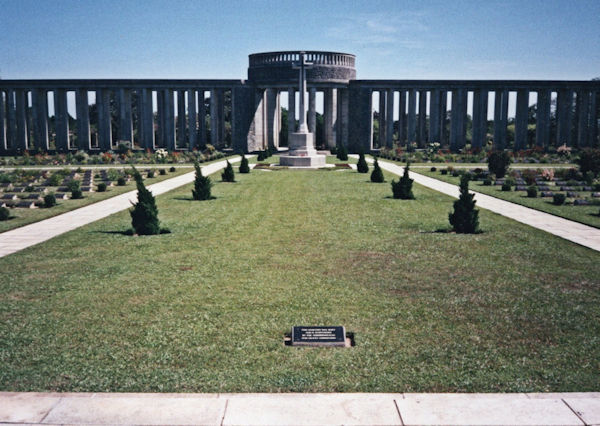Name
Frederick William Marsh
Conflict
Second World War
Date of Death / Age
30/03/1942
29
Rank, Service Number & Service Details
Trooper
7911183
Royal Armoured Corps
7911183
Awards: Service Medals/Honour Awards
Cemetery/Memorial: Name/Reference/Country
RANGOON MEMORIAL
Face 1.
Myanmar
Headstone Inscription
Not Researched
UK & Other Memorials
Hitchin Town Memorial, St. John's War Church, Memorial, Hitchin Roll of Honour 1939 – 1945 (Book) St Mary’s Church, Hitchin, St. Mary's Church, Hitchin
Biography
He had been born in Surrey and resided in Hertfordshire. He was Number 7911183 in the 7th Squadron (Thompson's book shows the Squadron's as alphas) of the Hussars which, at the time of his death, was part of the 7th Armoured Brigade in Burma. The Brigade had been rushed from the fighting in the deserts of North Africa and had landed at Rangoon on the 21st February 1942 (Thompson's book shows 27th February 1942), having been diverted from Singapore which had already fallen to the Japanese. The Brigade was equipped with Stuart tanks fitted with 37mm guns that Unfortunately, only fired armour-piercing solid shot, plus two medium machine guns. The tanks were vulnerable to anti-tank mines and petrol bombs, so that close infantry support was essential in built-up or forested areas. However, their armour protection was sufficient to repel all but the heaviest of the Japanese artillery.
The attack on Paungde was ordered by General Wavell as a counteroffensive and was a good example of ill-advised orders relayed through inept commanders, notably Generals Smyth and Hutton, who had little idea as to the feasibility of their schemes for the man on the spot. The 7th Armoured Brigade was part of a scratch force commanded by Brigadier Anstice attacking Paungde, which is sixty miles southeast of Prome in the Irrawaddy River valley. It was intended that this force would take the pressure off of attacks by the Japanese on the area of Toungoo in the valley of the River Sittang. The Brigade was nearly cut off in the ensuing fighting having been confronted by the Japanese 33rd Division which was the most experienced Japanese Division in Burma. On the 30th March 1942 the fighting was taking place at Shwedaung where ten tanks were lost and 350 men were killed or wounded The fatalities were especially heavy as the Japanese bayoneted crews as they escaped from their tanks. The War Diary of the Hussars described it as "a useless venture". It appears that it was only due to the gallantry of the 7th Hussars that prevented larger losses in men, guns and vehicles though 400 men, 2 x 25 pounder guns and 200 vehicles were lost.
He has no known grave and is remembered on the Rangoon Memorial to the Missing on Face l.
Acknowledgments
David C Baines – ‘Hitchin’s Century of Sacrifice’, ‘Roll of Honour Land Forces W.W.2.’ by J. Devereux & G. Sacker, Paul Johnson - local historian, ‘Burma - The Longest War’ by L. Allen, ‘The British Soldier’ by J. Lucas, ‘War in Burma 1942-45’ by J. Thompson



